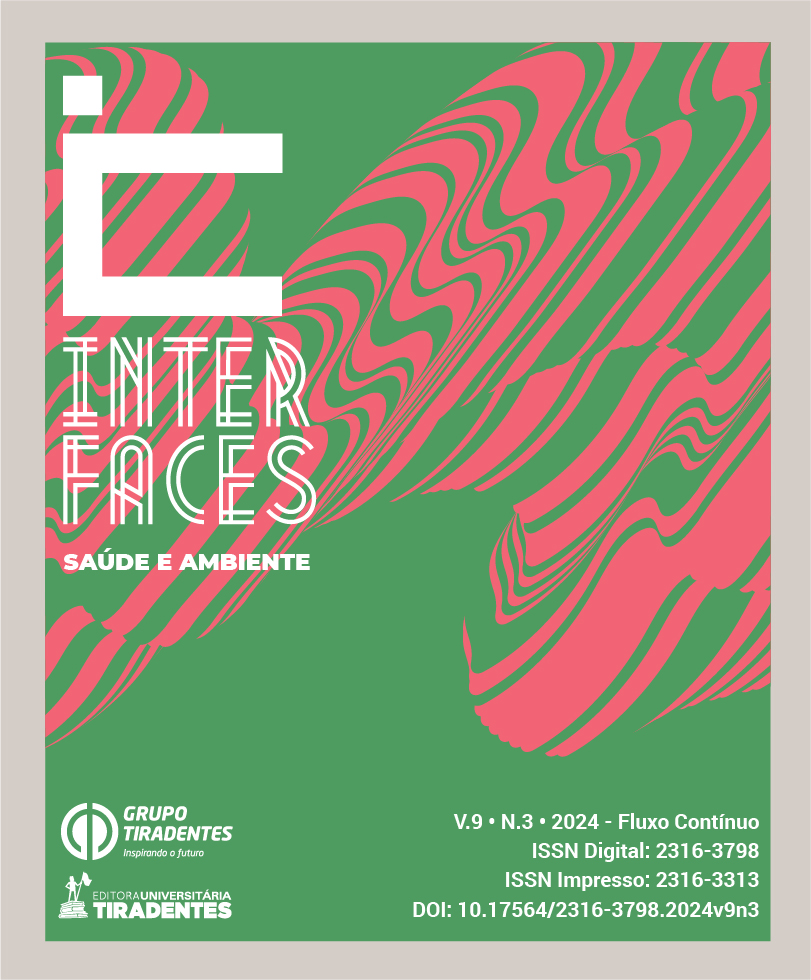CARACTERIZAÇÃO E FATORES ASSOCIADOS À EXPOSIÇÃO A AGROTÓXICOS NA POPULAÇÃO DA ZONA RURAL DE MARIALVA, PARANÁ.
DOI:
https://doi.org/10.17564/2316-3798.2024v9n3p458-479Published
Downloads
Downloads
Issue
Section
License
Copyright (c) 2024 Interfaces Científicas - Saúde e Ambiente

This work is licensed under a Creative Commons Attribution-NonCommercial 4.0 International License.
Autores que publicam nesta revista concordam com os seguintes termos:
a. Autores mantêm os direitos autorais e concedem à revista o direito de primeira publicação, com o trabalho simultaneamente licenciado sob a Licença Creative Commons Attribution que permite o compartilhamento do trabalho com reconhecimento da autoria e publicação inicial nesta revista.
b. Autores têm permissão e são estimulados a distribuir seu trabalho on-line (ex.: em repositórios institucionais ou na sua página pessoal), já que isso pode gerar aumento o impacto e a citação do trabalho publicado (Veja O Efeito do Acesso Livre).
Abstract
Pesticide exposure in the rural areas of Marialva, Paraná, is a growing concern due to potential risks to human health. This study aims to characterize this exposure, identify associated factors, and assess its impacts on the local population. The relevance is underscored by the scarcity of studies specifically addressing rural areas. The main objective is to analyze the relationship between pesticide exposure and the health of rural workers, with an emphasis on sociodemographic conditions. The methodology included the collection of sociodemographic data, anthropometric and hemodynamic assessments, and the application of the SQR-20 questionnaire to identify possible psychoemotional impacts. Results revealed that prolonged exposure to pesticides is a reality, with 35% of participants working with these products for over 37 years. Health issues, such as mild psychiatric morbidities and chronic diseases, were reported by 75% of the population, indicating a possible correlation with pesticide exposure. Work methodology analysis showed that the majority of respondents regularly use pesticides, with 73% using the three main types. However, agronomic assistance appears to be adequate, with high levels of guidance on the correct use of these products. In conclusion, this study highlights the urgency of greater attention to the health of the rural population in Marialva, respecting the principles of the Unified Health System. A profound understanding of these issues is essential for developing public policies aimed at mitigating the risks associated with pesticide exposure, thus promoting a significant improvement in the quality of life for these communities.




















